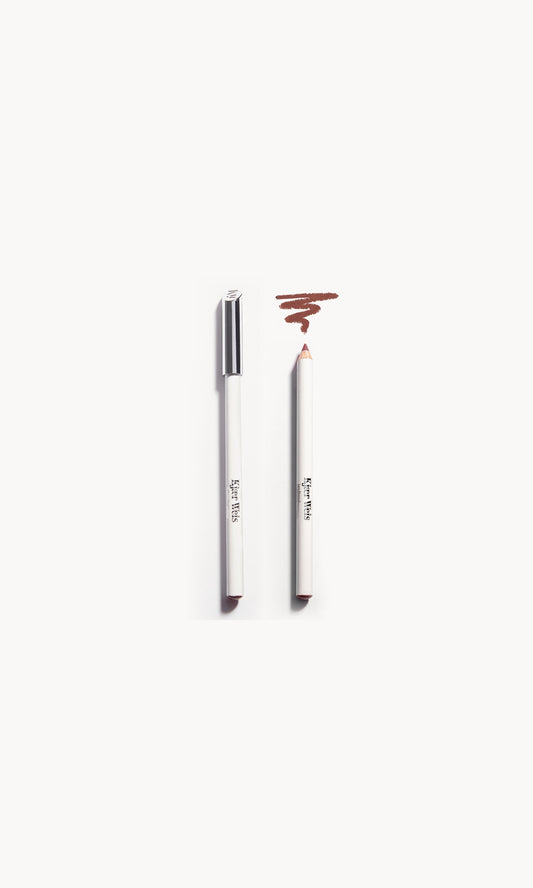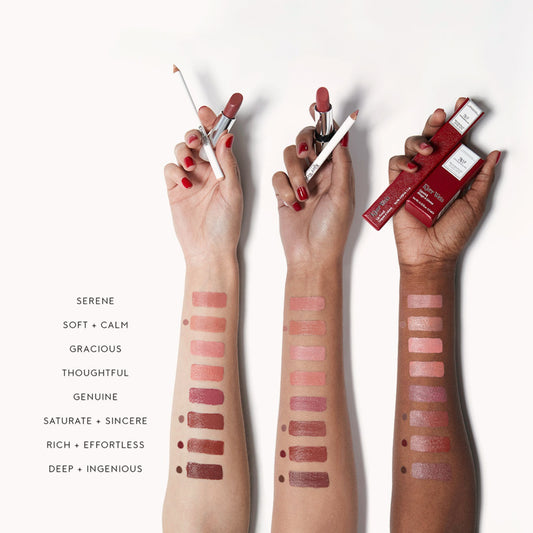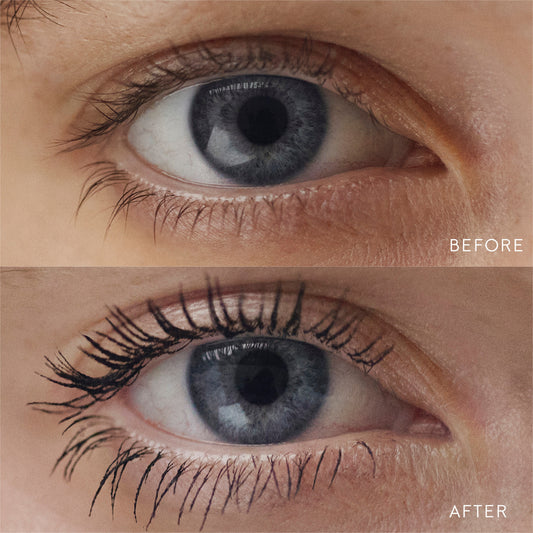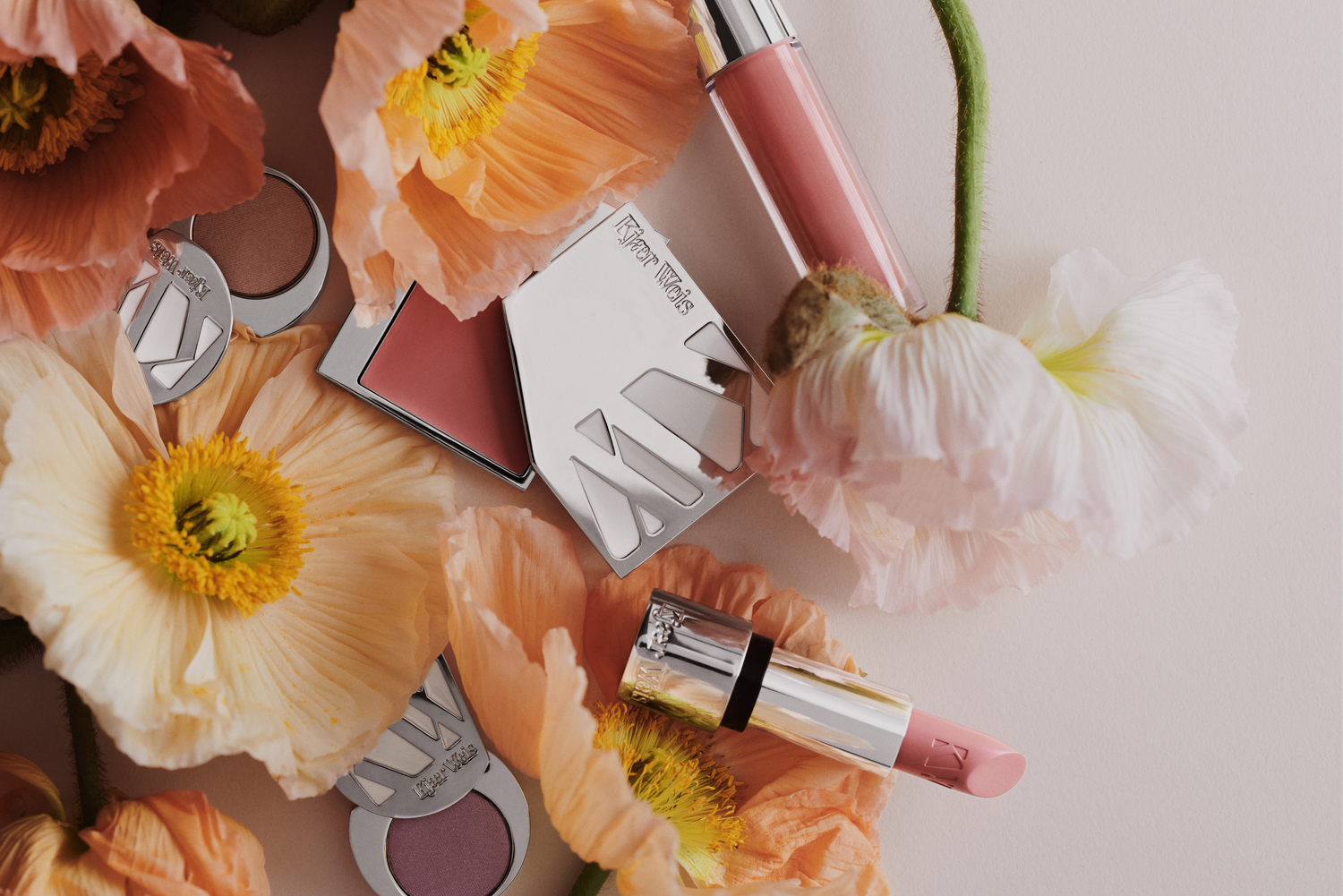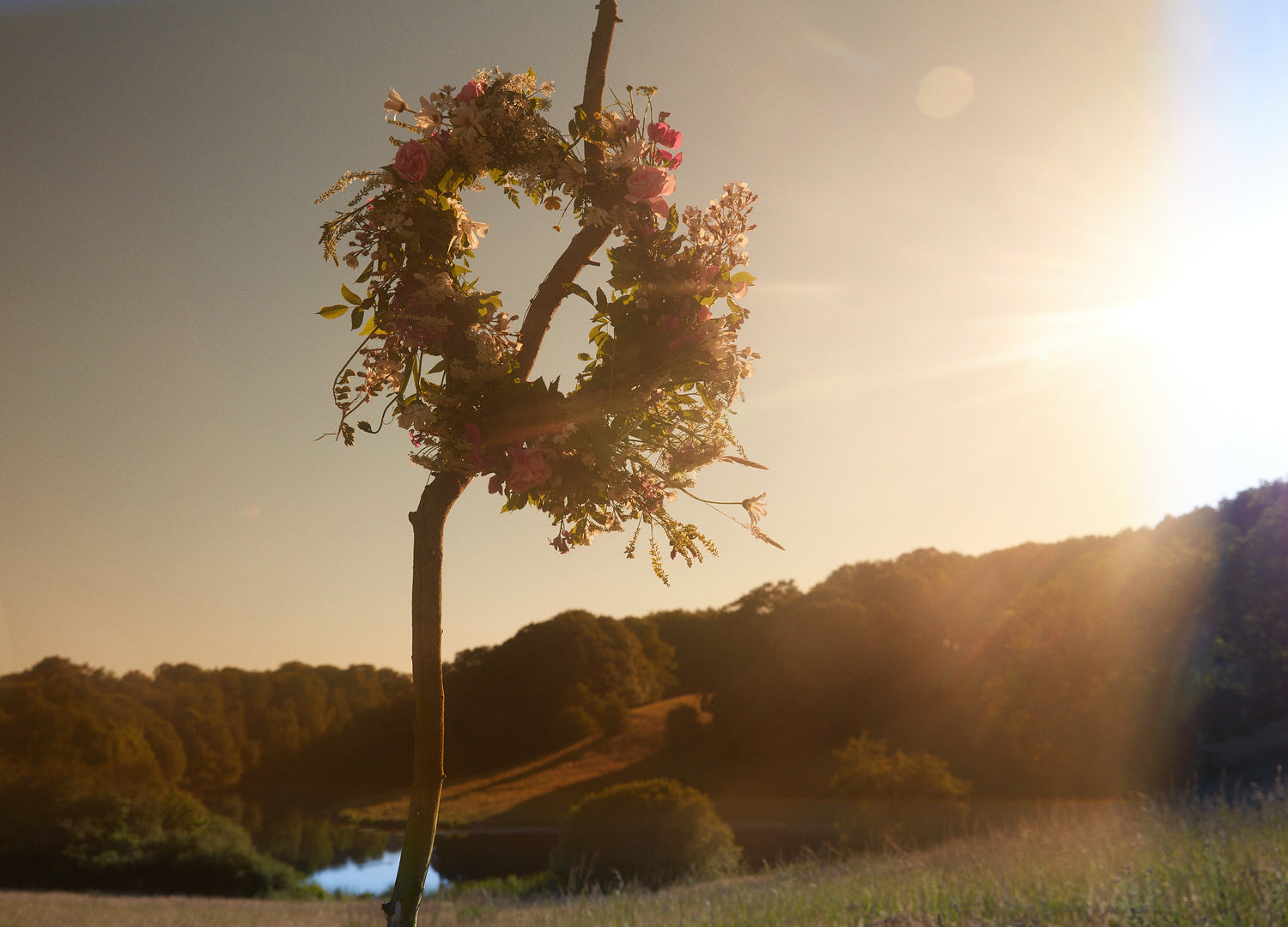At Kjaer Weis, we believe beauty is more than skin deep—it’s an expression of mindful choices that nurture both the individual and the planet. From the start, our mission has been clear: to craft luxurious, high-performance beauty products that embody sustainability without compromise.
We are driven by the conviction that beauty should align with our values. Inspired by Danish minimalism, Kjaer Weis redefines luxury through simplicity, elegance, and conscious design. Our approach goes beyond aesthetics, focusing on creating makeup and skincare that work in harmony with your skin, using only the finest certified organic ingredients. Every product is thoughtfully formulated to enhance your natural beauty while avoiding unnecessary additives or synthetic chemicals.
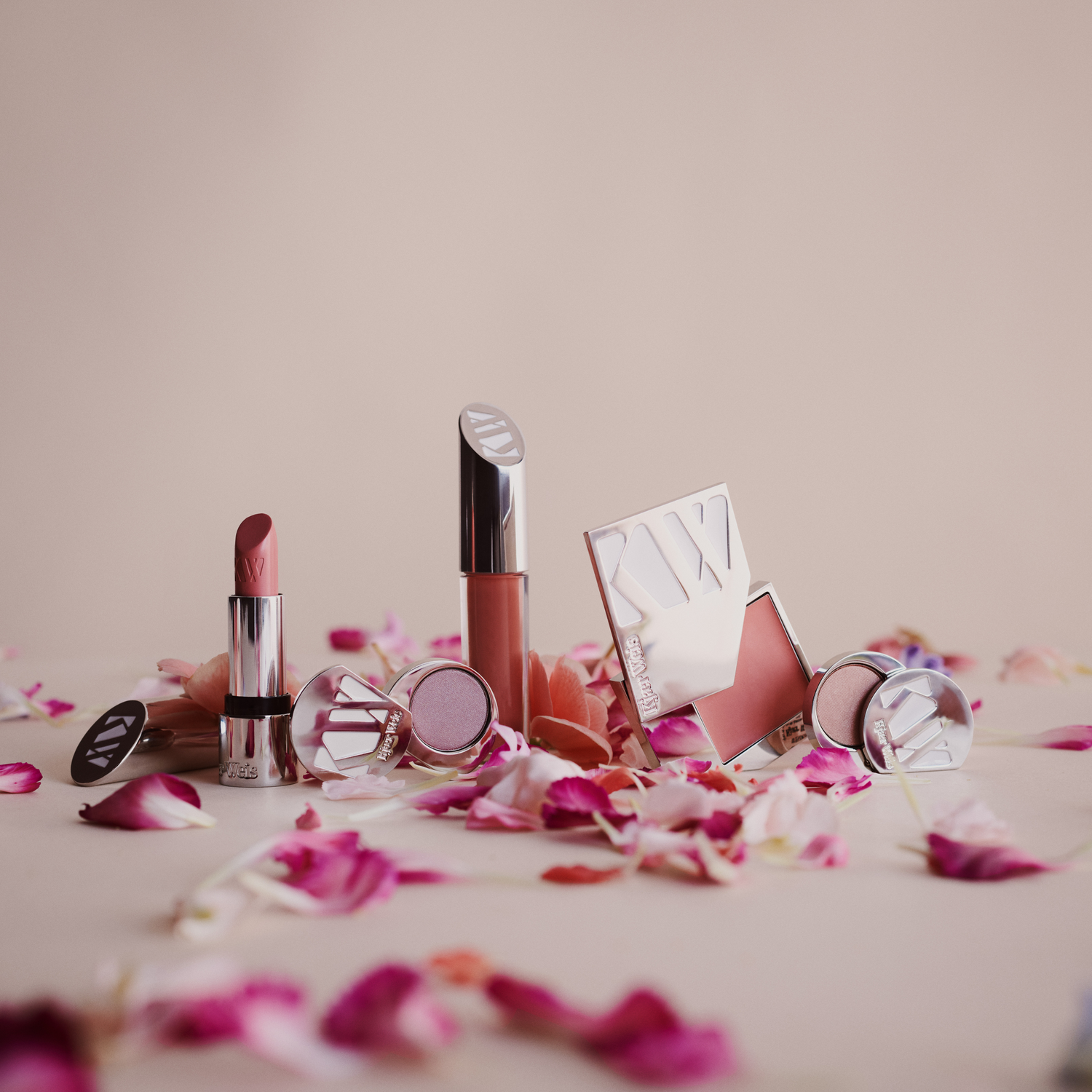
Where Innovation Meets Responsibility
Kjaer Weis was the first to bridge the gap between sustainability and sophistication in beauty. Our refillable packaging system is a hallmark of this vision, designed not only to reduce waste but also to elevate the experience of using our products. These refillable cases—crafted to feel like timeless, precious objects—represent the union of luxury and responsibility, proving that beauty and sustainability can coexist.
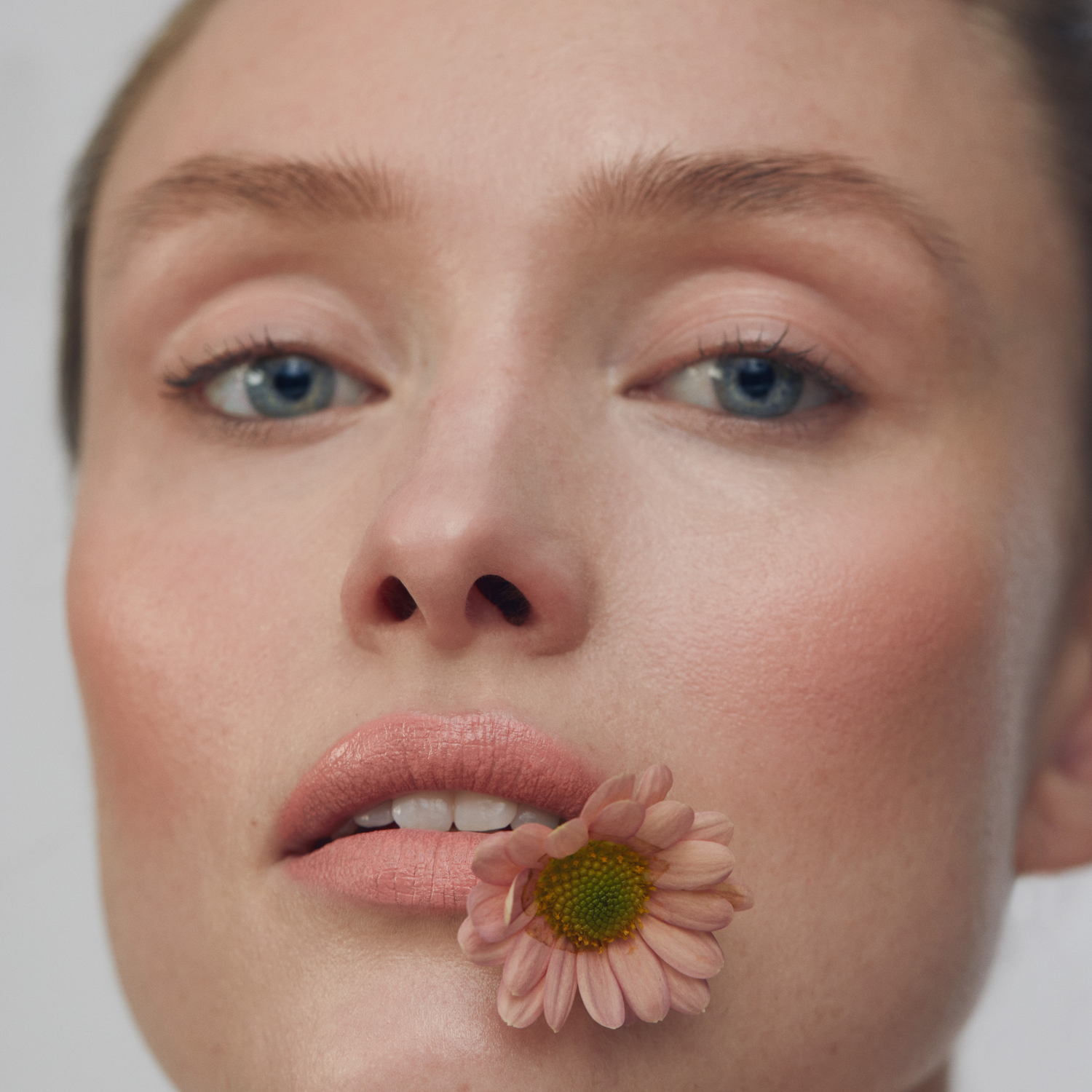
Luxury Without Compromise
True luxury is about thoughtful choices. At Kjaer Weis, we’ve reimagined what it means to create products that are indulgent yet sustainable, high-performing yet gentle. Whether it’s our creamy blushes, luminous foundations, or nourishing skincare, each product is designed to deliver exceptional results without compromising on quality, sustainability, or ethics.
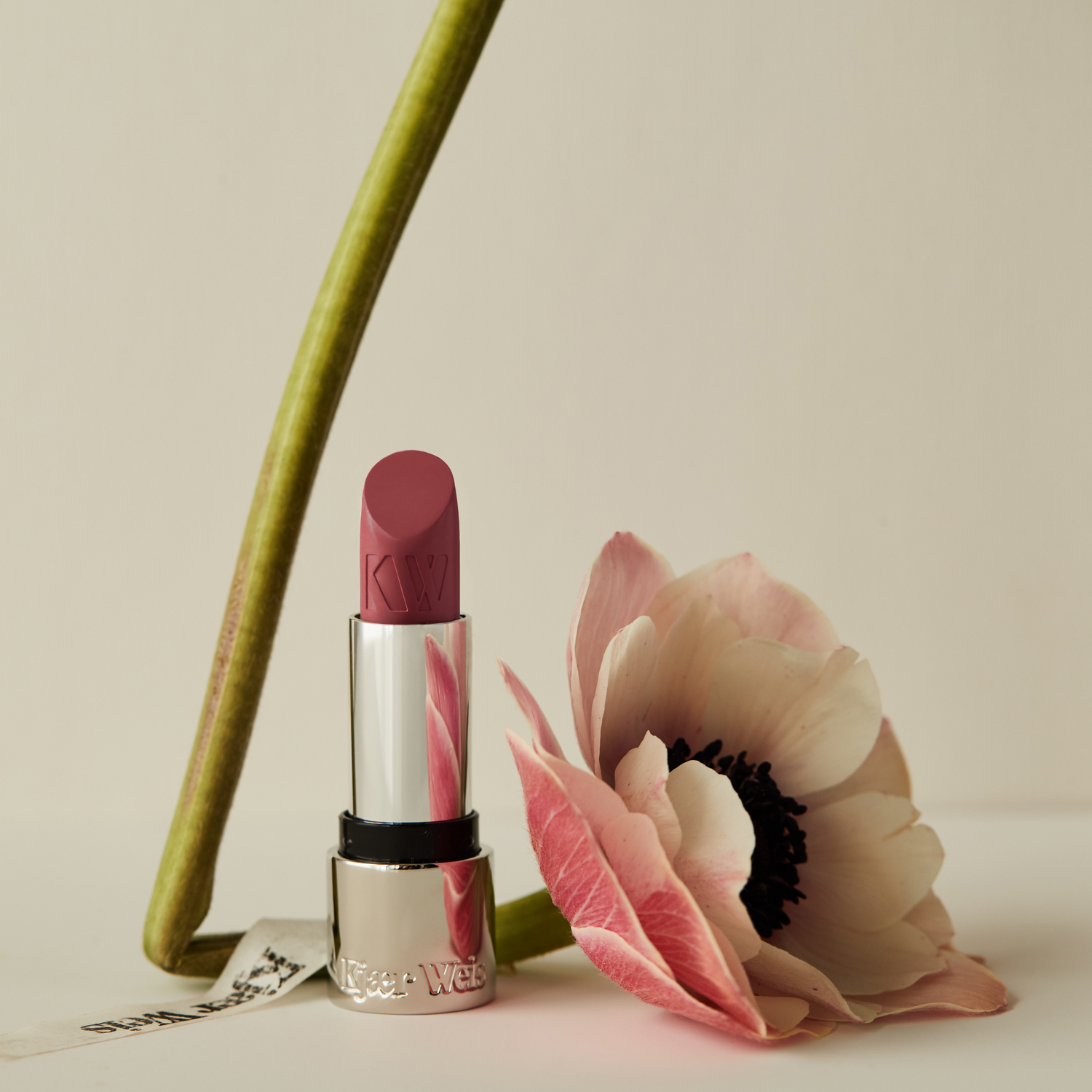
Leading the Conscious Beauty Movement
The world of beauty is evolving, and Kjaer Weis is at the forefront of this shift. We believe it’s possible to create products that are as kind to the planet as they are to the skin. By championing organic ingredients, refillable designs, and uncompromising performance, we’re helping to set a new standard for what beauty can be.
What were the influences behind the design and concept of the packaging?
We set out to create packaging that wasn’t just sustainable—it had to be beautiful, luxurious, and timeless. The initial idea was a biodegradable design that could dissolve into nature, but it didn’t feel right. We envisioned something more: a design piece that could be sustainable without compromising on elegance. The challenge was finding a material and texture that embodied luxury yet could still align with sustainability. Typically, recyclable materials look just that—recyclable. We wanted more.
One major inspiration was Marc Atlan, whose designs are exceptional. Take the Comme des Garçons perfume bottle, for example—smooth, sleek, like a silver pebble. It’s heavy, timeless, and evokes an overwhelming sense of beauty when you hold it. That feeling became the benchmark for our packaging. So, we reached out to him. Out of the blue, we shared our vision, and he loved the idea. Mood board in hand, we met, collaborated, and quickly aligned on the concept.
The goal was to create something like a piece of jewelry—luxurious and enduring. Two months into the process, Marc introduced a non-recyclable metal, but with a clever refill system, we could make it sustainable. The details were everything: the click, the slide, the tactile experience of the metal in your hands. It had to feel perfect. For the box, we added red textured paper to make it truly special.
After two years of refining every element, from the functionality to the aesthetics, we brought the vision to life. The result is packaging that’s not just sustainable but an experience in itself.
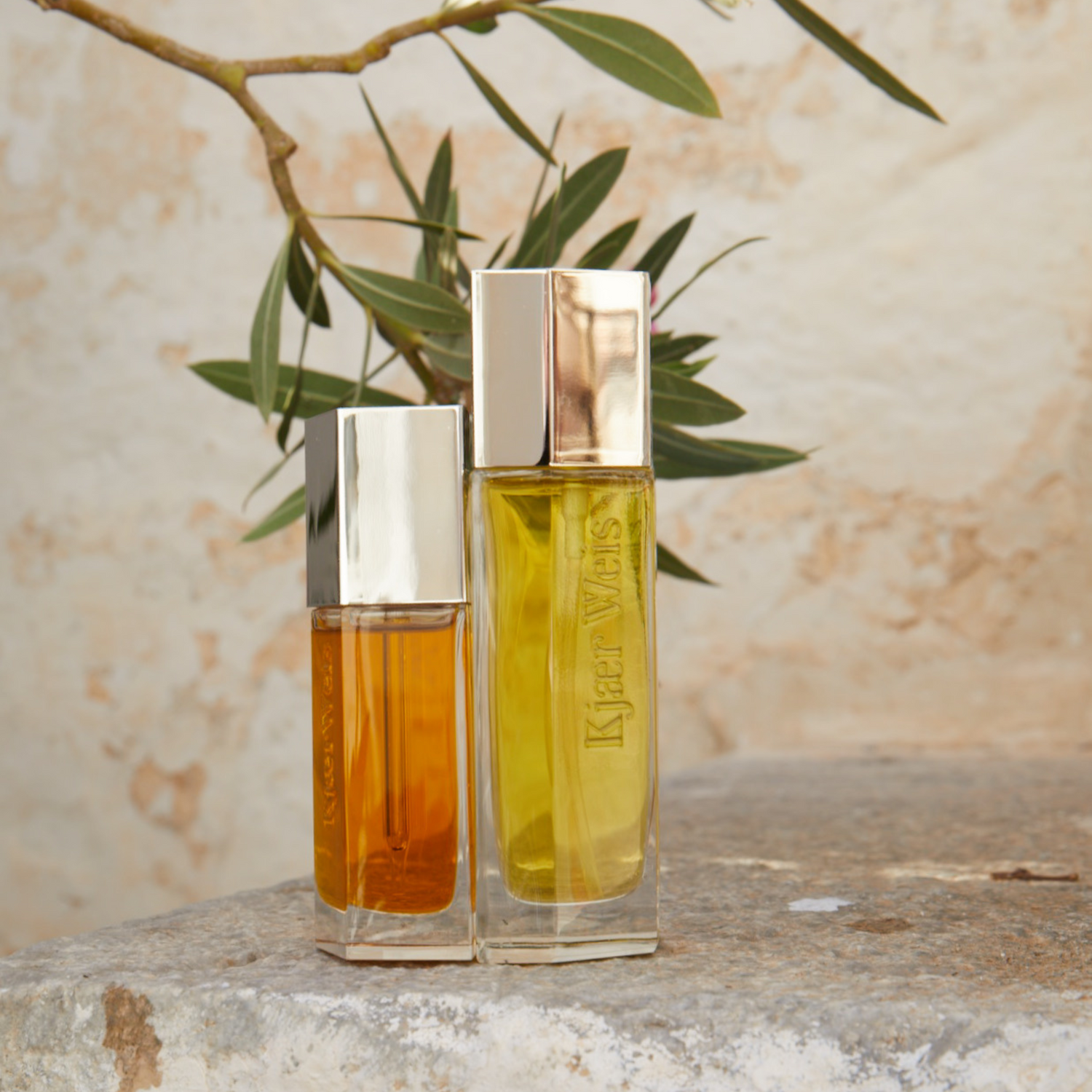
A Vision for the Future
Our mission goes beyond creating exceptional products—it’s about inspiring a movement. We’re here to show that sustainability and luxury can go hand in hand, that beauty can be a force for positive change. Every choice we make, from the materials we use to the way we craft our formulas, reflects our commitment to a more conscious, beautiful world.
Thank you for being part of this journey. Together, we’re redefining beauty—where quality meets responsibility, and innovation drives a brighter future.

